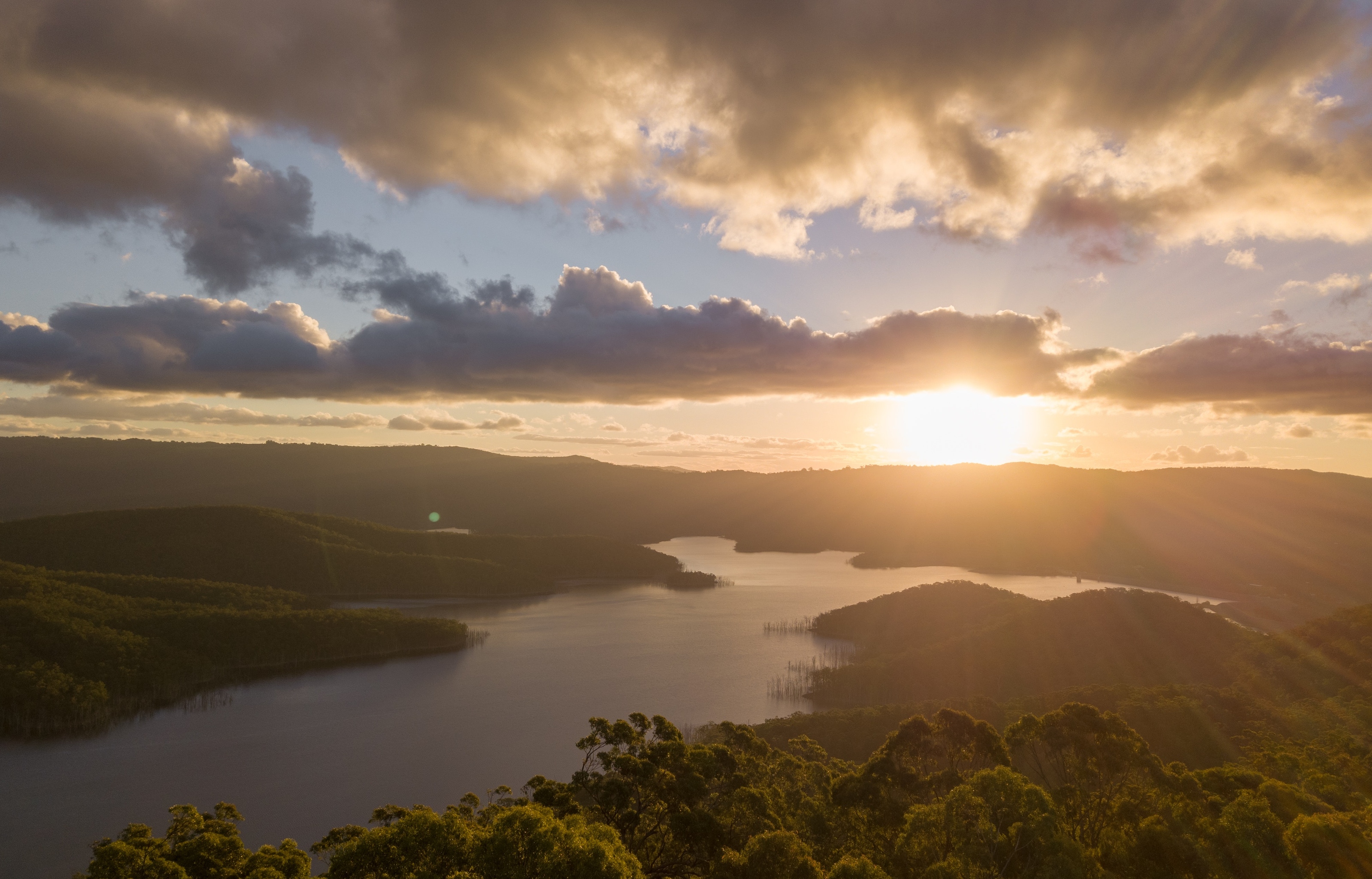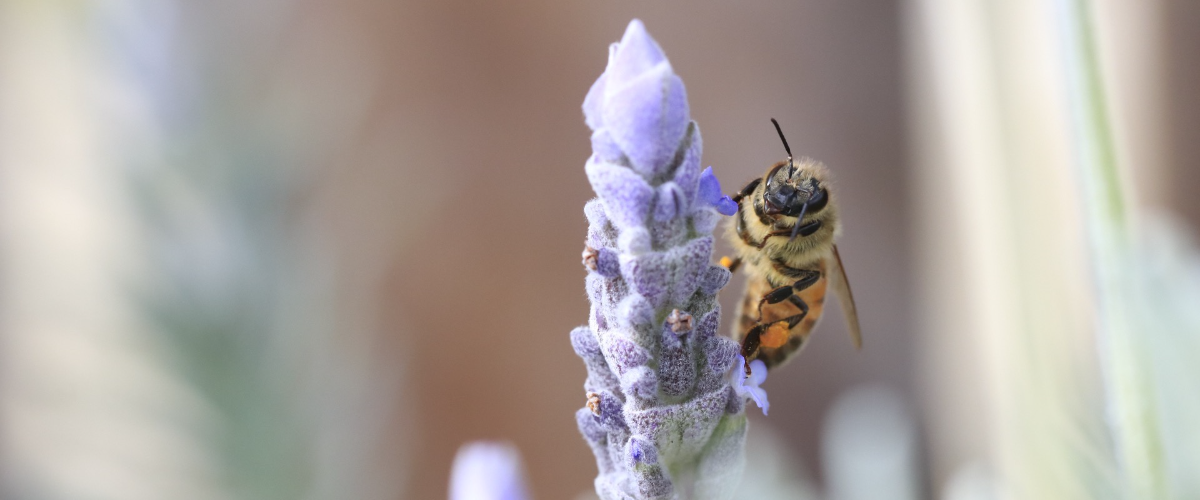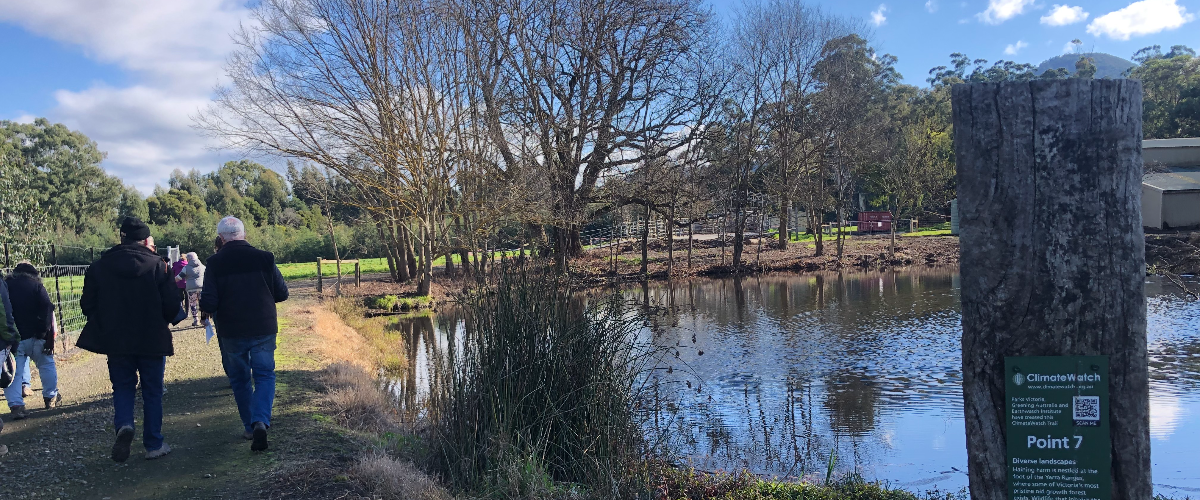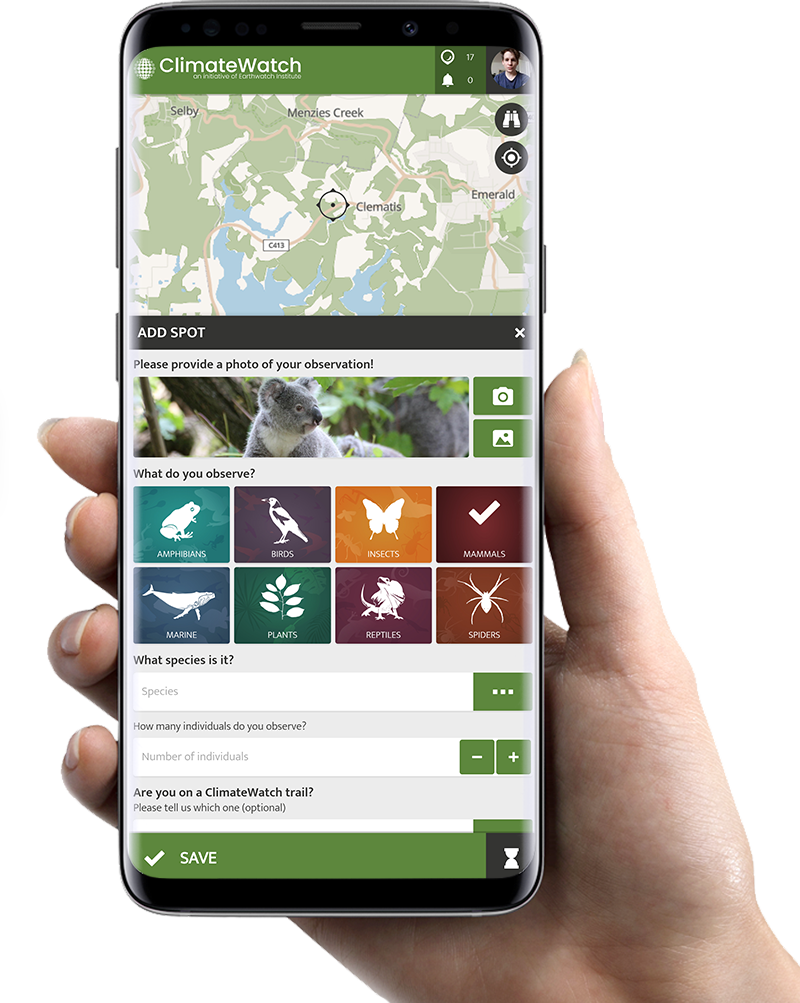Phenological Changes in the Southern Hemisphere
Changes in the timing of important life-cycle stages of plants and animals, such as flowering, breeding and migration, have provided some of the strongest evidence of climate change impacts on our natural and managed systems. These changes have the potential to disrupt predator-prey relationships and impact on food webs by changing the competition between species. Understanding how individual species and ecosystems will respond to future changes is important for effective planning in natural resource management and agricultural production.
Although we anticipate that species may not respond in similar ways across the globe it is only recently that we have been able to look for consistent patterns amongst southern hemisphere species and regions. For example, a recent study found that overall spring life-cycle stages are starting earlier. However, there were differences between species: for example marine species were more likely to commence breeding earlier than in terrestrial ones, and flowering in plants more so than breeding in birds. One of the strongest signals came from Australian grape vines, with varieties in many regions now reaching maturity, or ready for harvest, much earlier than previously.
At present, we only know a little about how changes seen in single species might impact on the relationship between species and the ecosystem as a whole. This is because, according to the authors of the study, there are large gaps in the information available on the patterns of life-stages of plants and animals in many regions and, as a consequence, there is an urgent need to fill these data gaps. ClimateWatch was cited as an example as one of the ways of filling the gaps.
To read the full article about changes in the Southern hemisphere, click here.
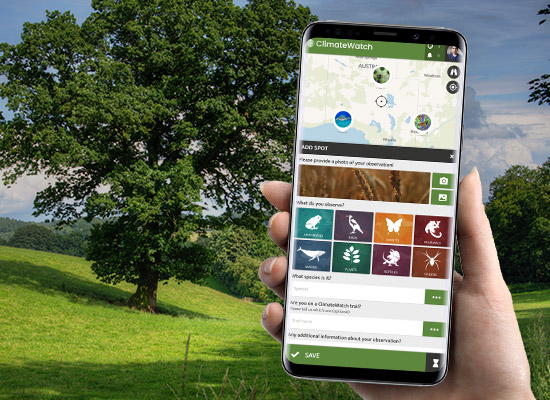
App Download
Register
Start!
Download the App on your smartphone now or open the map in your browser:
Latest Contributions

